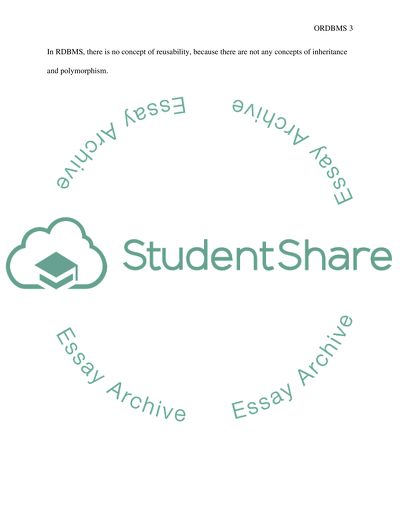Cite this document
(“Object Relational Database Essay Example | Topics and Well Written Essays - 3000 words”, n.d.)
Retrieved from https://studentshare.org/technology/1517782-object-relational-database
Retrieved from https://studentshare.org/technology/1517782-object-relational-database
(Object Relational Database Essay Example | Topics and Well Written Essays - 3000 Words)
https://studentshare.org/technology/1517782-object-relational-database.
https://studentshare.org/technology/1517782-object-relational-database.
“Object Relational Database Essay Example | Topics and Well Written Essays - 3000 Words”, n.d. https://studentshare.org/technology/1517782-object-relational-database.


